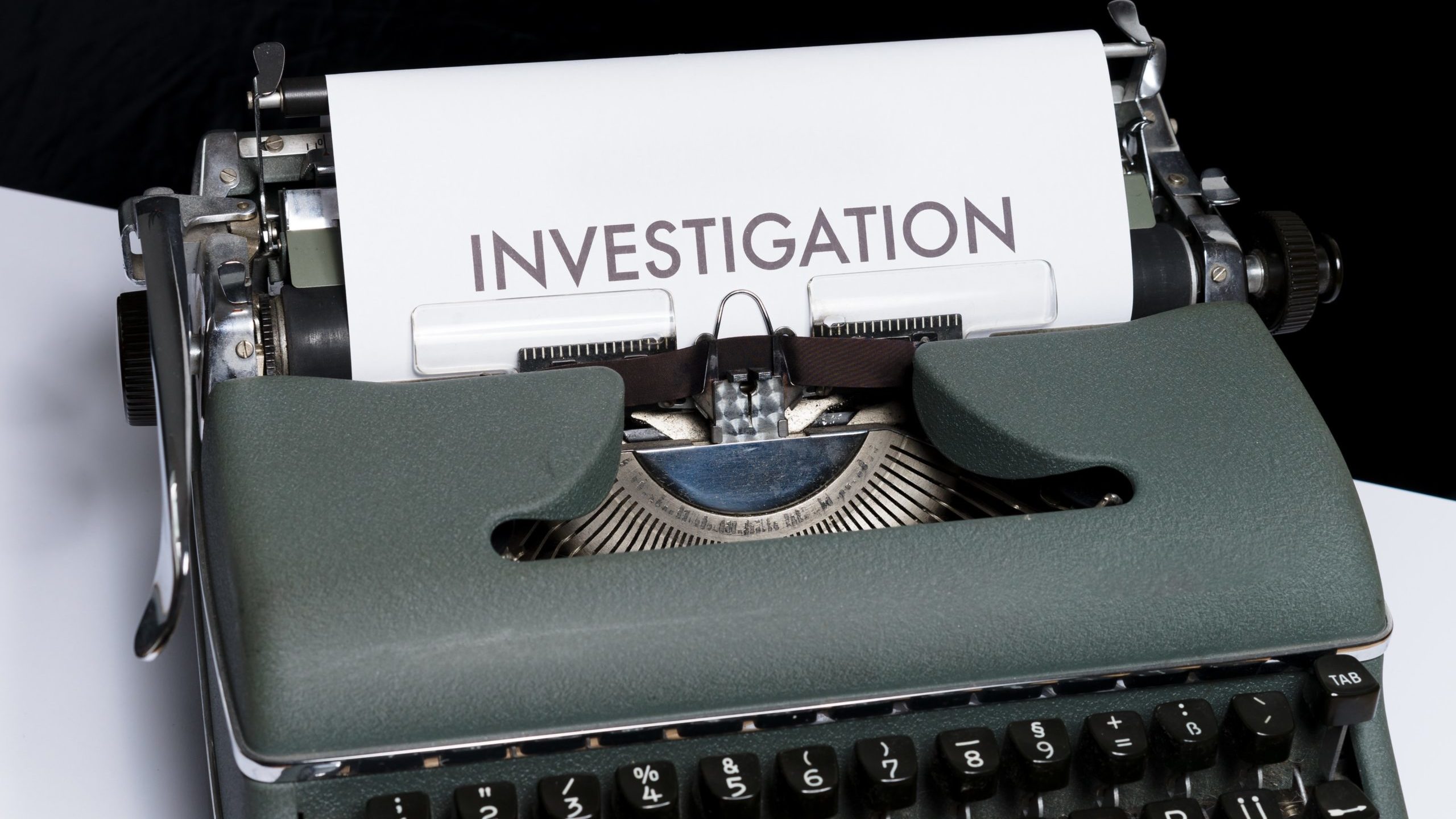By: Senior Counsel Camille Stearns Miller
“If you fail to prepare, you’re prepared to fail.” – Olympian Mark Spitz
Senior Counsel Camille Stearns Miller, SLG’s investigation expert, details the importance of and how to conduct a successful investigation in four steps.
Goals & Benefits
The three main goals of an investigation are:
- Identify and correct wrongdoing
- Vindicate company policy
- Maintain employee loyalty/morale
The legal benefits of an effective investigation include:
- Achieves compliance with many laws
- Avoids additional complaints
- May “clear” employer in lawsuit
Step One
First step: hire an investigator.
- CRITICAL to find proper person(s)
- Need not be a lawyer
- Criteria for good investigator:
- Good questioner/listener
- Knowledgeable
- Impartial
- Respected
Step Two
Second step: review available documents and develop a game plan. Documentation includes policies and personnel files. Your game plan will be based on the complaint, policies, and persons involved:
- Who to interview?
- What to ask?
- What documents to create?
Step Three
Third step: interview potential witnesses.
- Need not use a “script”, but outline may ensure completeness/uniformity
- Document information
- “Standard” interview format:
- Introduction/reassurances/warnings
- General description of the problem
- Confidentiality will be attempted, but not guaranteed re witness identity, not information
- Retaliation is prohibited: Employer 15 or more employees
- Company takes complaints seriously, but outcome dictated by facts
- Interrogation:
- “Who, what where, when, why”—open ended questions
- Explore details
- Ask about documents, additional evidence/other witnesses
- Interview of Complainant:
- Get details of context”
- What was said before and after
- What was tone/demeanor of speaker/witnesses
- Who else did the complainant share the information with at the job or elsewhere
- Warn re interview of perpetrator:
- Perpetrator may guess complainer’s identity
- Unusual perpetrator contacts should be reported
- Get signed statement if possible or practical
- Interview of Alleged Perpetrator:
- Summarize allegations
- Obtain factual response and any documentation or additional evidence
- Determine if perpetrator has witnesses
- Probe for excuses
- Explore “lies, all lies” excuses
- Get signed statement if possible or practical
- Interview Precautions:
- Identify “hearsay”
- Do not “signal”
- Do not speculate, characterize, generalize
- Take detailed notes
Step Four
Final step: assess the evidence and develop findings.
- Complete promptly
- Summarize findings in a memorandum
- Avoid legal conclusions
- Offer range of proportionate solutions if appropriate (outside counsel will not need to provide solutions/disciplinary action)
- Management will determine solutions/disciplinary action
- Employer will announce results to the complainant and anyone else with a “need to know” after management review
Common Problems
There are multiple issues that may come up during investigations, including:
- “Reluctant complainer”
- “Reluctant witness”
- Confused co-workers
Disciplinary Measures
Assuming the investigatory techniques have been followed and the Employer has grounds to administer disciplinary action, discipline may be administered in the following forms:
- Oral counseling
- Written warnings
- Suspension
- Last Chance Agreement
- Termination
- Documentation of any of the above disciplinary actions is critical and should be prepared for each disciplinary act.
The key to successful disciplinary measures is consistency. The consistent application of similar discipline for the same types of infractions helps to prevent claims of discrimination.
Race, sex, age, national origin and/or any other protected classification cannot be used as factors to determine the type of discipline an employee will receive for violation of company policies.
How to Be Effective
- Act promptly
- Act thoughtfully
- Act consistently
- Punish appropriately
Huddle with Stewart Law Group to discuss at info@stewartlawgrp.com.
